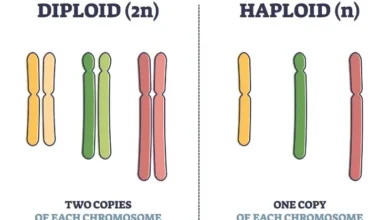Disinfection And Sterilization Methods: Difference And Guidelines

Disinfection is that physical or chemical process that kills or inactivates pathogenic agents such as bacteria, protozoa and viruses. Sterilization is a process by which we can obtain a product free of microorganisms.
Disinfection
It is a physical or chemical process that kills or inactivates pathogenic microorganisms (such as bacteria, protozoa and viruses) that are on objects, preventing their growth in the vegetative or latent phase.
This process reduces the amount of harmful organisms to a level that does not harm the health or quality of a perishable good.
To disinfect a surface, substance or object, disinfectant products are applied in order to treat and prevent infections. Physical processes such as filtration, boiling and ultraviolet irradiation can also be applied.
Sterilization
It is the process by which a product free of microorganisms is obtained. It is a process designed, validated and carried out in order to ensure the elimination of the microbial load that is part of the product or the most resistant microorganism.
Sterility cannot be demonstrated absolutely in products obtained in industrial processes, so it is usually defined in probabilistic terms. Thus, a critical product is considered sterile when the probability that a microorganism is present actively or latently is less than 1 in 1,000,000.
After exposure of the sterilized object to the air or its surroundings, it will be considered contaminated by microorganisms.
Difference between disinfection and sterilization
- Sterilization is a process that guarantees the elimination of any pathogenic agent on a specific surface.
- Disinfection is a process that is carried out in contexts where sterilization cannot be applied, such as on fragile items and in homes. This process seeks to destroy pathogenic microorganisms.
- Sterilization destroys almost all microorganisms.
- Disinfection only destroys part of the microorganisms or inhibits their harmful effects.
- Disinfection does not kill spores.
- Sterilization can eliminate spores.
- Sterilization requires more time than disinfection and involves extreme cleaning.
Disinfection And Sterilization Guidelines:
- Disinfection involves the elimination of most pathogenic microorganisms on surfaces or objects, typically using chemicals or heat, reducing the risk of infection transmission.
- Sterilization, on the other hand, eradicates all microbial life, including bacterial spores, from surfaces, instruments, or fluids, ensuring complete absence of viable organisms.
- Proper disinfection and sterilization protocols are crucial in healthcare settings, laboratories, and food processing industries to maintain a safe and hygienic environment, preventing the spread of infectious diseases and ensuring product safety.


